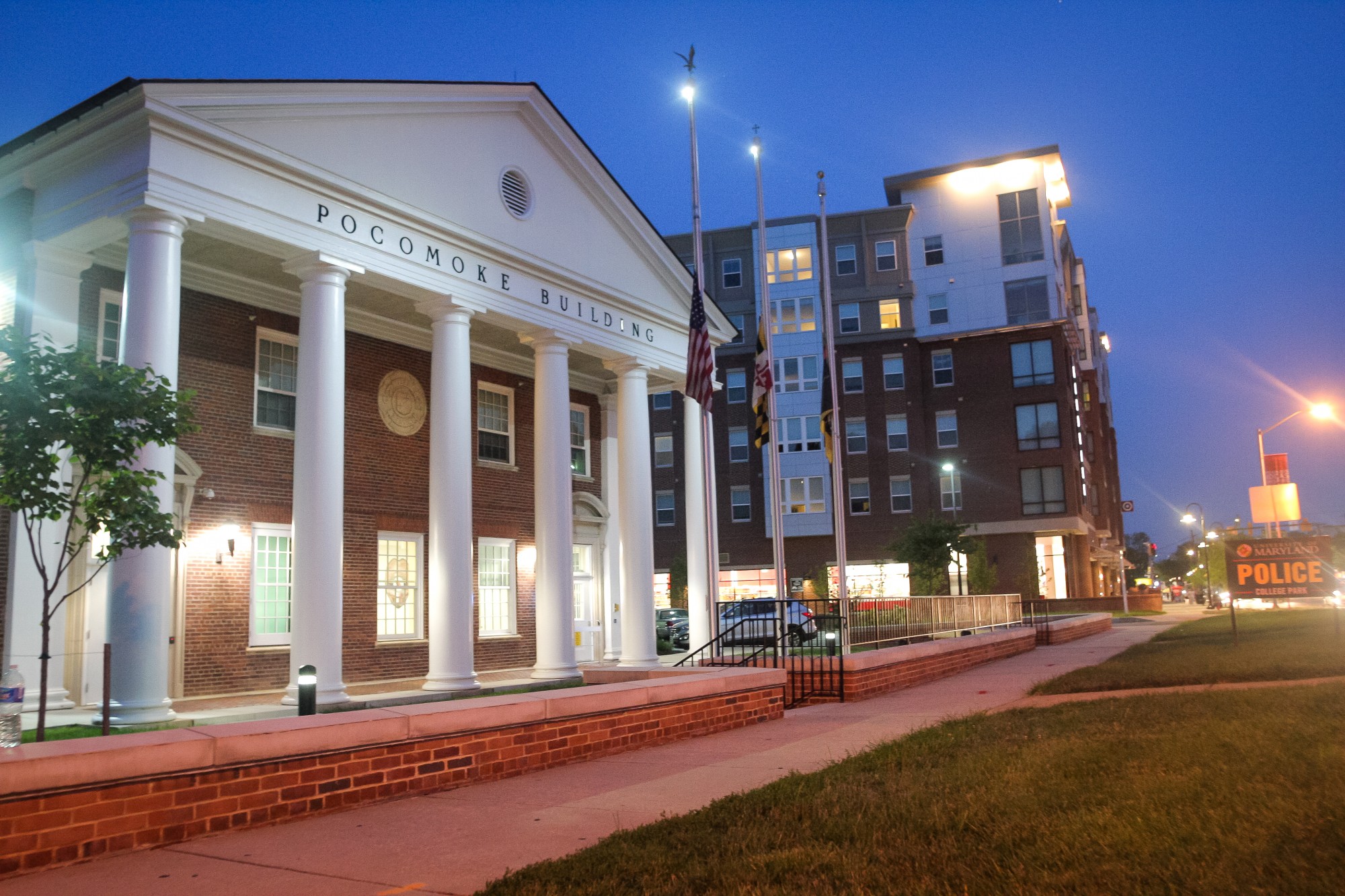Over Thanksgiving break, University of Maryland students may have noticed a UMD Alert about gunshot calibration testing taking place on McKeldin Mall.
That’s because University of Maryland Police are piloting gunshot-detection technology on the campus and had to fire live ammunition as part of the installation process, said University Police Chief David Mitchell.
A program called SecureCampus is able to pinpoint the location of gunfire at schools and college campuses using strategically placed sensors, according to the program’s website. These sensors allow police to identify how many weapons are being fired and where on the campus the shootings are taking place, Mitchell said.
The sensors can even distinguish between multiple guns of the same model, Mitchell added, allowing police to estimate how many shooters there are and respond more quickly and efficiently than they could otherwise.
“It’s like a smoke detector,” Mitchell said. “It is a system that reports gunshots when they’re heard, much like a smoke detector would alarm when smoke is detected.”
University Police are beginning a six-month trial period with ShotSpotter, the gunshot-detection technology company that created SecureCampus, Mitchell said. Over Thanksgiving break, police had to “tune” the censors by firing .40-caliber semi-automatic duty weapons.
Because active shooter incidents happen relatively quickly — the average active shooting incident is over within 12 minutes — it is imperative that University Police are prepared to respond effectively amid the inevitable chaos and confusion, Mitchell said.
ShotSpotter can provide police with accurate data within 30 seconds of any gunfire on the campus, Mitchell said. In contrast, it normally takes an average of two minutes for police to receive a 911 call during an active shooting threat.
“The thought is if we can get there sooner, we’re going to save more lives,” Mitchell said.
For the six-month trial, which will begin in the next several days, 10 sensors were installed on the rooftops of various campus buildings at no cost to the department, Mitchell said. If at the end of six months University Police opt to stay with ShotSpotter, it will cost them $10,000 annually, he added.
If police decide to continue using SecureCampus, more censors would be installed — some of which would be placed inside buildings that harbor lots of students, faculty and staff, Mitchell said.
More than half a dozen U.S. universities of various sizes currently use SecureCampus, Damaune Journey, ShotSpotter vice president of security solutions, wrote in an email.
In the wake of the violent incident at Ohio State University Monday, the potential benefit of this technology is even more apparent, Mitchell said.
“There are, unfortunately, people in this world with access to knives and weapons that can be good people, but they do bad things — they make bad decisions,” Mitchell said. “[SafeCampus] is another tool we would have, the technology would give us a chance to work smarter and not harder to get to the scene faster, and by doing so, saving lives.”



